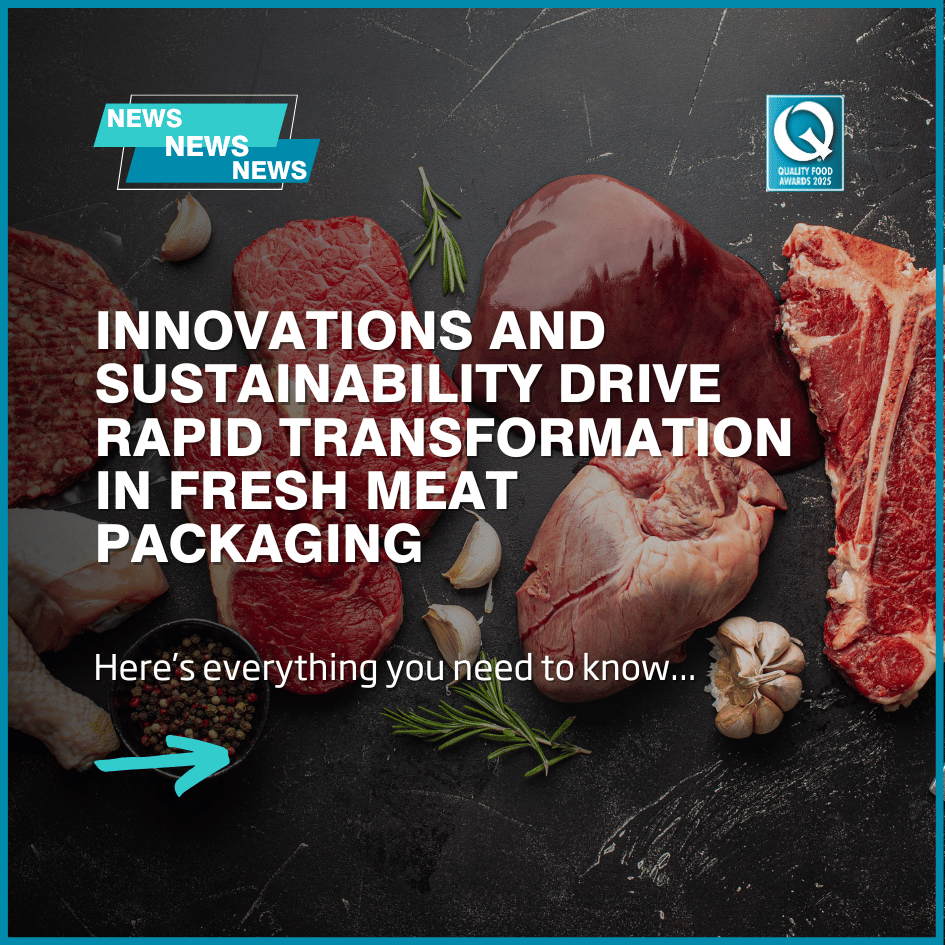
Innovations and sustainability drive rapid transformation in fresh meat packaging
The fresh meat packaging industry is experiencing a significant shift towards eco-friendly materials, smart technologies, and automation, propelled by rising consumer demand, regulatory pressures, and advances in digital solutions, shaping a more sustainable and efficient future.
The fresh meat packaging market is undergoing significant transformation, driven by a combination of rising global meat consumption, increasing consumer demand for hygiene and convenience, and a strong push towards sustainability. Industry participants are focusing intensely on research and development to bring innovations that extend shelf life, ensure food safety, and reduce environmental impact, while complying with evolving regulations.
Central to this market’s expansion is the growing preference among consumers for packaging that guarantees freshness and product integrity. The sector plays a critical role in maintaining hygienic handling from slaughter to retail display and eventual consumption, responding to heightened awareness about food safety. According to estimates, the fresh meat packaging industry was valued at around $10.5 billion in 2024, with projections to reach close to $15.8 billion by 2033, reflecting a compound annual growth rate of approximately 4.5%. This growth is supported by various market segments including plastics, paper and paperboard, metals, flexible and rigid packaging types, as well as various meat categories such as beef, pork, poultry, and seafood. Leading companies like Amcor, Sealed Air, Berry Global, and Mondi Group are notable for their sustainability initiatives, technological leadership, and strategic acquisitions, which collectively foster innovation and market competitiveness.
Current trends highlight the fresh meat packaging industry’s shift toward eco-friendly materials, with biodegradable and recyclable options gaining ground. Regulatory pressures, particularly in regions like the European Union, are accelerating manufacturers’ adoption of packaging solutions that reduce plastic use, enhance circularity, and incorporate post-consumer recycled content. For instance, some players are moving to mono-material packaging designs to facilitate recycling and integrating compostable and paper-based alternatives as substitutes for traditional plastics. However, the industry faces the complex dilemma of balancing environmental goals with cost, material performance, and shelf-life requirements. Biodegradable innovations, while promising, often come with higher costs and demand ongoing refinement to match the protective qualities of conventional materials.
Technological innovation remains a cornerstone of market evolution. Modified Atmosphere Packaging (MAP) and Vacuum Skin Packaging (VSP) continue to be pivotal in extending the freshness and appeal of meat products by inhibiting microbial growth and preserving texture and taste. Beyond these, the sector is witnessing increasing integration of smart packaging technologies featuring sensors and freshness indicators, which enable real-time monitoring of temperature, shelf life, and product quality. Such technologies not only enhance food safety but also empower consumers with transparency and retailers with improved inventory management, potentially reducing food waste. Companies are exploring IoT-enabled solutions, QR codes, blockchain-enabled traceability, and AI-driven supply chain optimisations as part of this digital transformation.
Automation and robotics are gaining prominence within large-scale meat packaging operations, improving processing efficiency, reducing contamination risks, and lowering labour costs. Advances in digital tools, including cloud-based enterprise resource planning (ERP) systems and robotics-as-a-service (RaaS), are enhancing operational agility and responsiveness to dynamic market needs. These technological strides align with the rising demand for convenient packaging forms, such as resealable packs and ready-to-cook portions, catering to consumer preferences for ease of use and portion control.
Regionally, North America currently leads the fresh meat packaging market, attributed to high consumption levels and advanced technological adoption. Europe follows closely with a strong regulatory framework promoting food safety and packaging sustainability. Meanwhile, the Asia-Pacific region is experiencing rapid growth driven by increasing disposable incomes and expanding foodservice sectors. Latin America and Middle East & Africa markets are steadily evolving with modernised retail infrastructure and meat distribution systems.
Looking ahead, the future of fresh meat packaging is being shaped by three intersecting trajectories: sustainability, innovation, and digitisation. Regulatory bodies are poised to tighten standards on single-use plastics, urging manufacturers toward eco-compliant packaging innovations. Digital tools like blockchain and IoT are expected to enhance traceability and consumer confidence further. Meanwhile, demographic shifts toward younger, environmentally conscious consumers demand better transparency, sustainability, and convenience from packaging solutions—pressuring the industry to innovate continuously.
The fresh meat packaging sector exemplifies the balancing act required between safeguarding product quality and meeting rising environmental expectations. As companies invest more in recyclable materials, smart packaging, and automated processes, the industry is not only extending the shelf life and safety of meat products but also contributing meaningfully to broader sustainability goals. Industry experts note that packaging today serves as more than a protective layer; it reflects brand values, consumer engagement, and responsibility toward the planet. This holistic view underscores the market’s trajectory toward integrated solutions that marry performance with environmental stewardship.
In summary, the fresh meat packaging market stands at a pivotal moment, with expanding demand and advancing technologies guiding its evolution. The combined forces of consumer preferences, regulatory pressure, and technological breakthroughs are driving a shift toward smarter, greener, and more efficient packaging systems. Those companies that harness innovation while embracing sustainability and digital integration are best positioned to succeed in this rapidly growing landscape.
